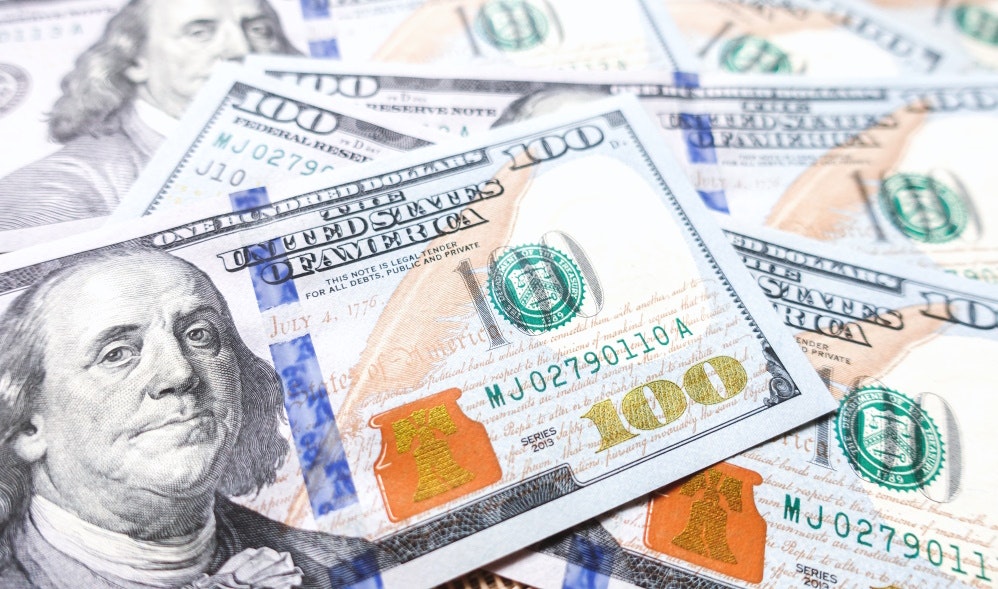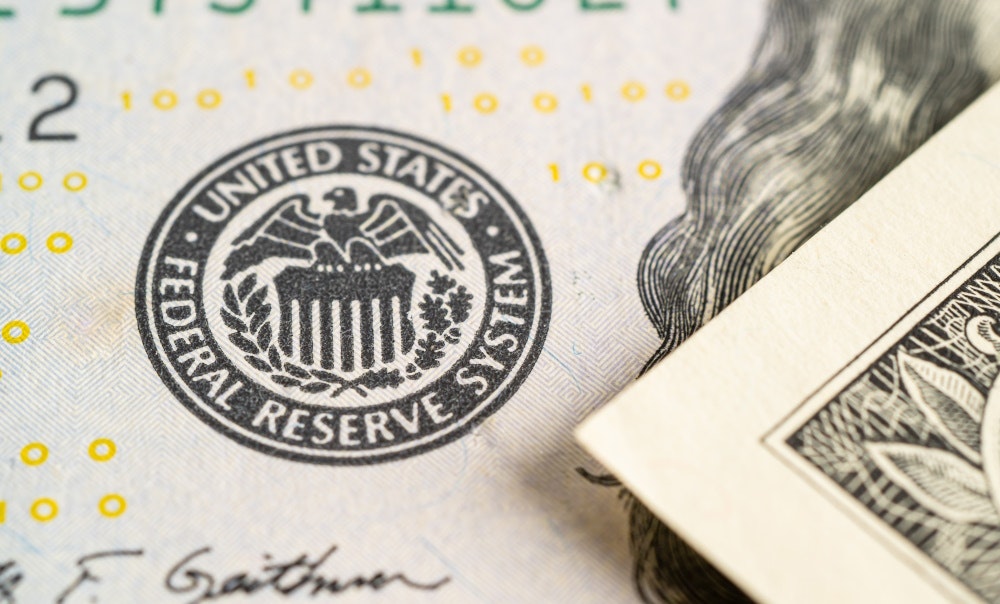Nick Goold
Do you appreciate market correlation when you trade? Many trade without understanding this. In fact, recognising the relationship between markets can lead to a much deeper understanding of how markets move and make it easier to spot profitable opportunities.
The two states of the market
1. Risk on
2. Risk-off.
There are two states of the market. Risk-on and risk-off represent the appetite for risk by traders and investors. The better you understand how other traders view the market, the better your ability to predict future price changes.
What is risk-on?
Risk-on is a state that occurs when traders and investors are optimistic about future economic or market performance. In a risk-on situation, traders and investors invest aggressively and seek high returns, with much of their money flowing into risky assets. As a result, they buy more higher-risk assets than lower-risk assets. Markets tend to rise in general when risk-on occurs.
Factors that generate risk-on.
● Good results from economic indicator releases
● Economic conditions exceeding expectations
● Free of war or terrorism
● Stable politics
● Market bubble
What is risk-off?
Risk-off is a state which occurs when traders and investors are pessimistic about future economic or market performance. In a risk-off situation, traders and investors favour low-risk investments. The smaller the risk, the smaller the return, but the concentration is on reducing risk. As a result, they tend to give up and sell high-risk instruments. Markets for all assets generally fall when risk-off occurs.
Factors that cause risk-off
● Poor results of economic indicator releases.
● Economic conditions below expectations
● Outbreak or fear of war or terrorism
● Political unrest
● The end of a market bubble.
Understanding where the market is currently makes it easier to follow trends and find profitable trades. Market conditions can change rapidly at any time.
It's vital to recognise what types of news and economic indicator releases can change the market from risk-on to risk-off, or risk-off to risk-on. It's also important to check the news on a daily basis and understand the kinds of news other traders regard as important. Some markets rise on risk-on and fall on risk-off. Different markets influence each other and are linked to risk-on and risk-off.

Forex
Some national currencies are considered safer than others. Currency pairs perceived as low-risk and safe are the US dollar, the Japanese yen and the Swiss franc. These currencies tend to rise aginst others when risk is off. In contrast, currency pairs that can go higher when the market is risk-on include GBPUSD, GBPJPY, EURUSD, AUDUSD, CADUSD and ZARUSD.
When the Japanese yen is strong, the USDJPY rate usually falls; when the Swiss franc is strong, USDCHF falls. In this way, the market moves in a direction reflecting greater strength.
_bvdsv.jpg?fm=pjpg&auto=format)
Stocks
Companies listed on the stock market are considered risky assets. They earn more income in favourable economic conditions, so generally their stock prices rise when the market is risk-on. Conversely, when it's risk-off, stock prices fall.
_fvdrp.jpg?fm=pjpg&auto=format)
Commodities
Gold is considered a safe asset, and as such, it's price tends to rise when the market is in risk-off mode, when the future is uncertain. Conversely, most commodities, including oil, are heavily dependent on consumer demand and therefore tend to rise in risk-on conditions.

Interest rates
Interest rates rise when the market is in risk-on mode, as central banks raise policy rates to avoid rapid economic growth. Conversely, when markets are in a risk-off mode, interest rates tend to fall as central banks try to stimulate the economy by lowering policy rates.
Leading and lagging markets
Some markets tend to move ahead of others. Therefore, traders continue to observe some markets in an attempt to time their trades. Over time, the environment and trends change, and the markets that move first reveal those changes. In particular, gold may lead other markets because it's closely linked to market risk sentiment. Long-term interest rates also often trigger major movements in other markets. These can be ascertained by reading news reports. Once you understand what triggers market movements, you can see what trades are appropriate depending on the risk-on / risk-off sentiment and correlation between different markets.

